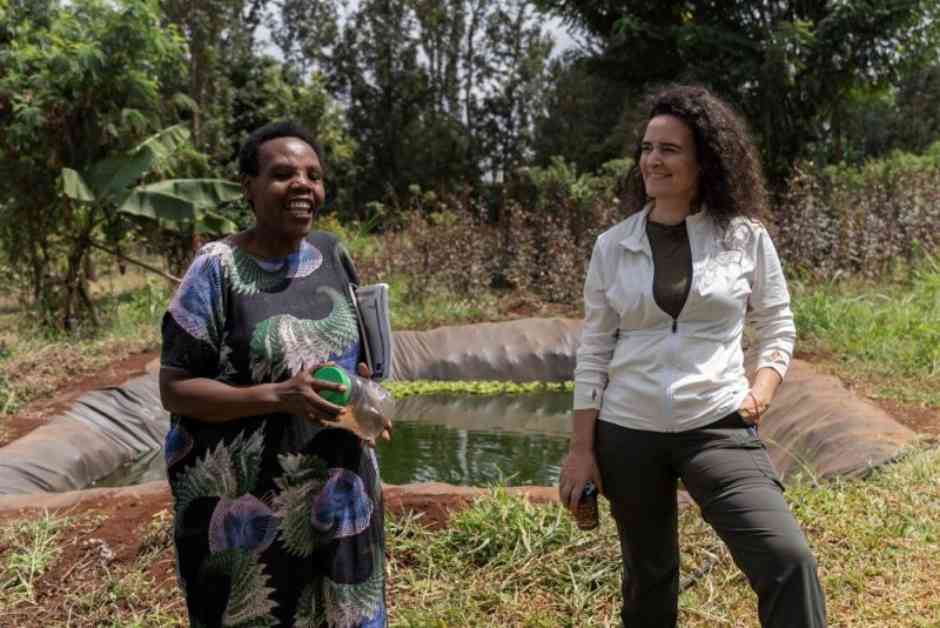Utilizing Capital-Market Borrowing to Achieve COP29 Goal
The UN’s Green Climate Fund (GCF) is exploring new avenues for funding to meet the ambitious goal set at COP29 in November. The fund, which supports climate action in developing countries, is facing financial constraints due to stagnant foreign aid budgets and shifting priorities. In a bid to increase spending and triple annual outflows by 2030, the GCF is considering borrowing money from capital markets and exploring alternative sources of funding.
Controversy Surrounding Borrowing
While the idea of tapping into capital markets may seem like a practical solution to bridge short-term funding gaps, critics argue that it goes against the principles of climate justice. Harjeet Singh, a climate advocate, believes that prioritizing profit-driven projects over critical adaptation efforts could leave vulnerable communities at a disadvantage. The prospect of repaying borrowed funds with interest raises concerns about the fund’s ability to finance crucial projects that may not yield significant profits, such as rebuilding after natural disasters or implementing climate resilience measures.
Challenges and Compromises
The inclusion of the tripling outflows target in the finance agreement at COP29 was a compromise made under pressure from small island nations and Least Developed Countries. However, the exact details and implications of this decision are still being debated, raising concerns about the effectiveness of the proposed measures. Developing countries are wary of potential discrepancies in interpreting the agreement and stress the need for clear guidelines to ensure accountability and transparency in the allocation of funds.
Implications for Climate Finance
The move towards capital-market borrowing reflects a shifting landscape in climate finance, with other multilateral funds also exploring similar strategies to mobilize resources for clean technology projects. While this approach may offer immediate financial support, the long-term implications for adaptation funding remain uncertain. The Adaptation Fund, for instance, faces challenges in securing adequate contributions to meet its growing demands, highlighting the need for innovative financing mechanisms and increased donor commitments to bridge the adaptation finance gap.
As the global community grapples with the urgent need for climate action, the debate over the most effective and equitable ways to finance sustainable initiatives continues. The decision to turn to capital markets poses both opportunities and risks for the GCF and other climate funds, underscoring the complex interplay between financial considerations and climate justice imperatives. Balancing the financial viability of projects with the ethical imperative to address climate impacts on vulnerable communities remains a critical challenge facing the international climate finance landscape.














